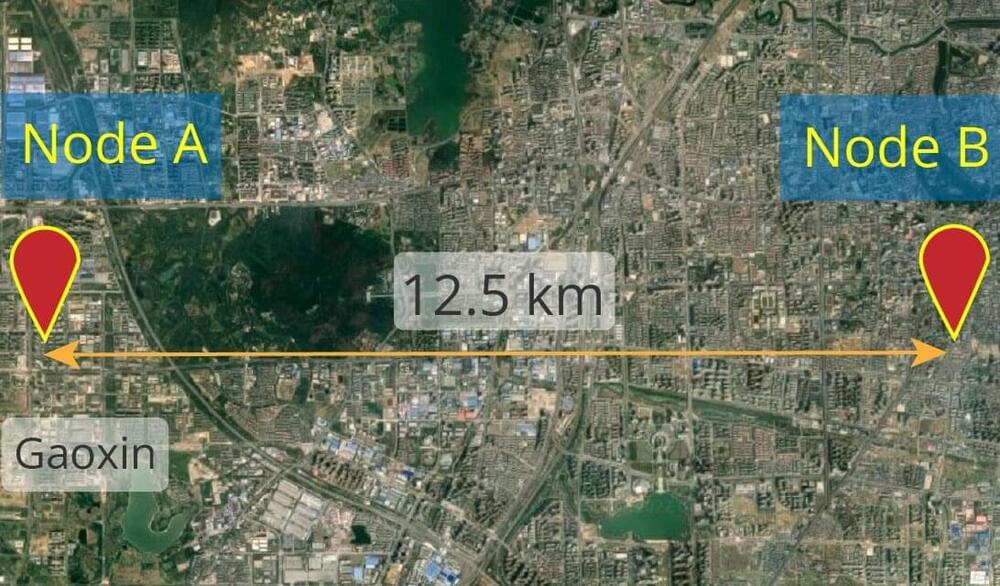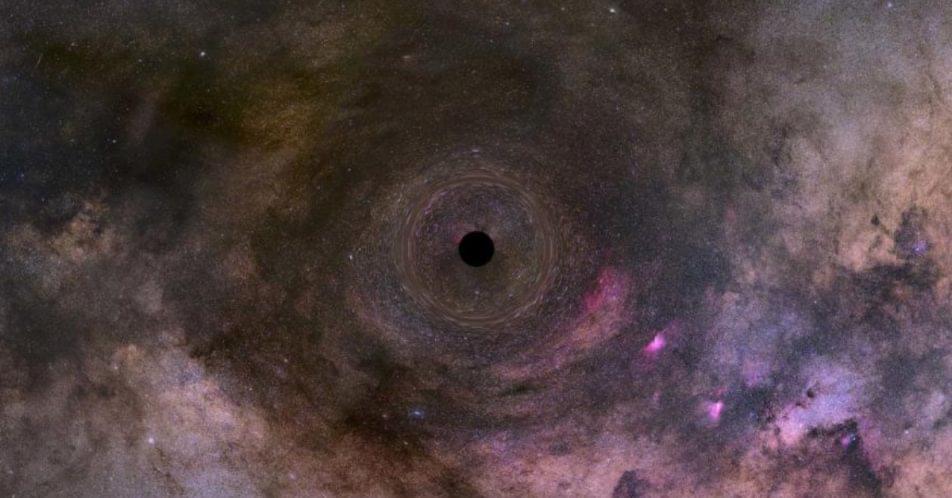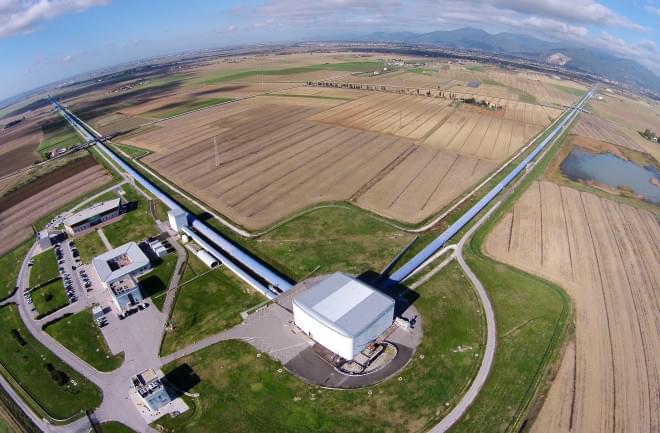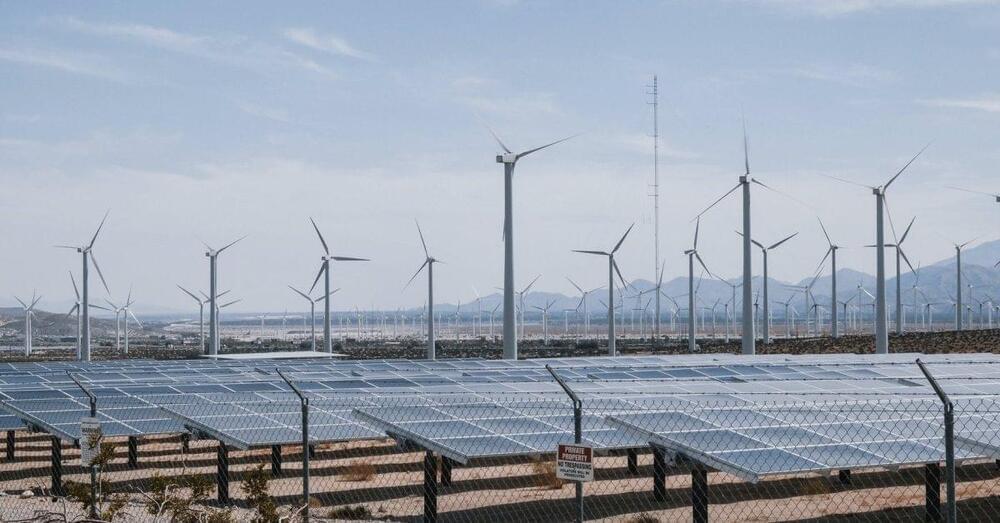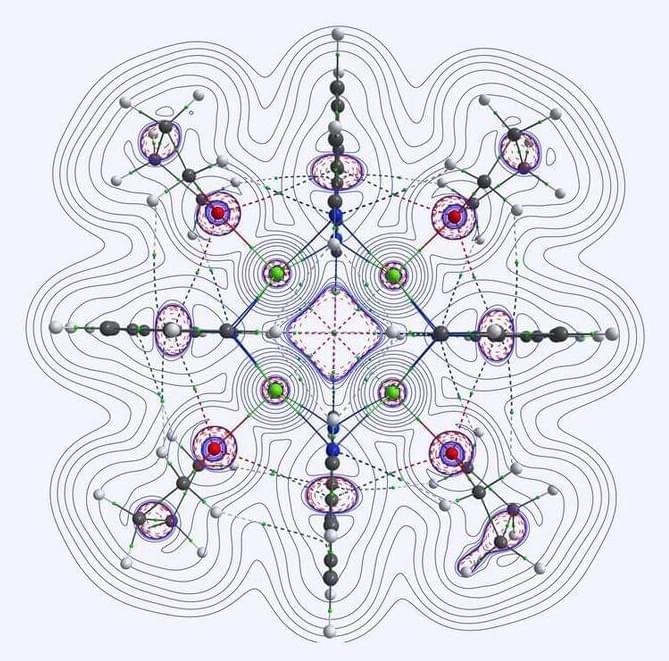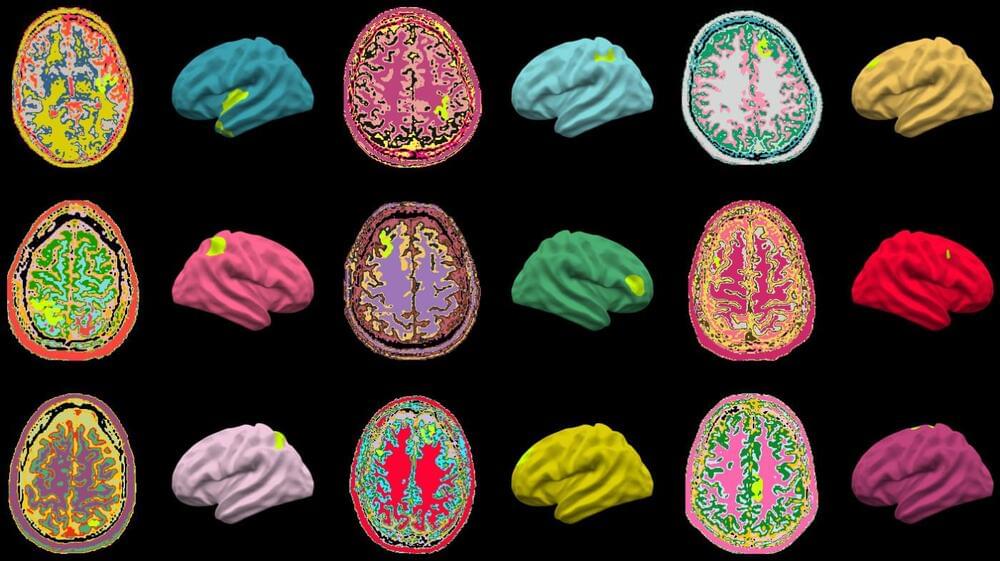Quantum computing technology could have notable advantages over classical computing technology, including a faster speed and the ability to tackle more complex problems. In recent years, some researchers have also been exploring the possible establishment of a “quantum internet,” a network that would allow quantum devices to exchange information, just like classical computing devices exchange information today.
In late May, a collaborative study, led by Kailash Suhu, was published claiming that they had managed to identify the first ever isolated black hole, identified by shorthand as OB11046. While by itself, this discovery presents no new information with regards to their nature, it highlights the staggering progress we’ve made in recent years in detecting these bodies.
Previously, black hole detection was very much limited by the fact that they do not emit, nor reflect any detectable electromagnetic radiation. As such, astronomers were only able to infer their presence via two mechanisms.
The first is by tracking the orbits of nearby celestial bodies and observe whether their motion can be modelled by the forces experienced by their neighbours. Any unusual motion can usually be explained by a nearby black hole contributions. The second requires the black hole to form an accretion disk. As matter is caught in the intense gravitational field, it orbits the black hole and is accelerated to intense velocities, causing the material to emit certain wavelengths of high energy electromagnetic radiation, such as x-rays.
The first GWs were detected in 2015 by the Laser Interferometer Gravitational-wave Observatory (LIGO), when two black holes about 1.3 billion light-years away slammed into each other. LIGO consists of two interferometers — one in Louisiana, one in Washington state — which are L-shaped vacuum tunnels about 2.5 miles long on each side. A laser is shot from the crux of the L to mirrors at the end of each side, and if one of those laser beams arrives slightly late, the tardy beam is recorded by the detector. The detectors are sensitive enough to pick up nearby noises on Earth as well, such as passing trucks and falling trees. These events can mask or mimic gravitational-wave signals, so having two detectors far apart helps scientists distinguish real GW vibrations from false alarms.
The actual detector that spotted the first gravitational wave is now in the Nobel Prize Museum in Stockholm, Sweden, as the 2017 Nobel Prize in physics was awarded for this discovery. But LIGO didn’t stop there: A few months later, in collaboration with the newly completed Virgo interferometer in Italy, LIGO detected another gravitational wave event — this time produced by colliding neutron stars. The discovery also corresponded with a short gamma-ray burst and subsequent discovery of the merger site with optical telescopes. Within days of that momentous discovery, however, LIGO went offline for scheduled upgrades.
3 dollars and cents arguments that definitively prove the need for people-oriented, walk-friendly places.
Simply put, we need a reliable and secure energy grid. Two ways to ensure continuous electricity regardless of the weather or an unforeseen event are by using distributed energy resources (DER) and microgrids. DER produce and supply electricity on a small scale and are spread out over a wide area. Rooftop solar panels, backup batteries, and emergency diesel generators are examples of DER. While traditional generators are connected to the high-voltage transmission grid, DER are connected to the lower-voltage distribution grid, like residences and businesses are.
Microgrids are localized electric grids that can disconnect from the main grid to operate autonomously. Because they can operate while the main grid is down, microgrids can strengthen grid resilience, help mitigate grid disturbances, and function as a grid resource for faster system response and recovery.
After decades of inertial confinement fusion research, a yield of more than 1.3 megajoules (MJ) was achieved at Lawrence Livermore National Laboratory’s (LLNL’s) National Ignition Facility (NIF) for the first time on Aug. 8, 2021, putting researchers at the threshold of fusion gain and achieving scientific ignition.
On the one-year anniversary of this historic achievement, the scientific results of this record experiment have been published in three peer-reviewed papers: one in Physical Review Letters and two in Physical Review E (See papers one and two). More than 1,000 authors are included in the Physical Review Letters paper to recognize and acknowledge the many individuals who have worked over many decades to enable this significant advance.
“The record shot was a major scientific advance in fusion research, which establishes that fusion ignition in the lab is possible at NIF,” said Omar Hurricane, chief scientist for LLNL’s inertial confinement fusion program. “Achieving the conditions needed for ignition has been a long-standing goal for all inertial confinement fusion research and opens access to a new experimental regime where alpha-particle self-heating outstrips all the cooling mechanisms in the fusion plasma.”
On June 27th 2022, Yann LeCun, one of the godfathers of artificial intelligence and Head of AI at Meta released his vision on how to build autonomous AI systems. Here is the link to the paper.
First of all, I really suggest you to read this paper. As mentioned in the prologue, the text is written with as little jargon as possible. It uses as little mathematical prior knowledge as possible to appeal to readers with various backgrounds. It’s essentially a vision of what might direct the research efforts at Meta and elsewhere in the industry.
When you start reading the paper, quite quickly, you realize that this vision is very ambitious and futuristic. After all, Yann is describing an autonomous and polyvalent AI system.
Clean energy accounted for more than two-thirds of the new US electrical generating capacity added during the first six months of 2022, according to data recently released by the Federal Energy Regulatory Commission (FERC).
Wind (5,722 megawatts) and solar (3,895 MW) provided 67.01% of the 14,352 MW in utility-scale (that is, greater than 1 MW) capacity that came online during the first half of 2022.
Additional capacity was provided by geothermal (26 MW), hydropower (7 MW), and biomass (2 MW). The balance came from natural gas (4,695 MW) and oil (5 MW). No new capacity was reported for 2022 from either nuclear power or coal.
Molecule has potential in redox reactions, as it’s highly soluble in organic solvents and easily stored in a glovebox.
An artificial intelligence (AI) algorithm to detect subtle brain abnormalities that cause epileptic seizures has been developed. The abnormalities, known as focal cortical dysplasias (FCDs), can often be treated with surgery but are difficult to visualize on an MRI. The new algorithm is expected to give physicians greater confidence in identifying FCDs in patients with epilepsy.
The work, which was part of the Multicentre Epilepsy Lesion Detection (MELD) project, appeared in Brain “Interpretable surface-based detection of focal cortical dysplasias: a Multi-centre Epilepsy Lesion Detection study.” Konrad Wagstyl, PhD, and Sophie Adler, PhD, both from University College London, led an international team of researchers on the work.
To develop the algorithm, the team quantified features of the brain cortex—such as thickness and folding—in more than 1,000 patient MRI scans from 22 epilepsy centers around the world. They then trained the algorithm on examples labeled by expert radiologists as either being healthy or having FCD.
